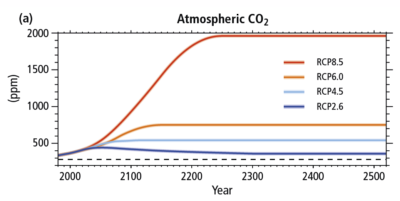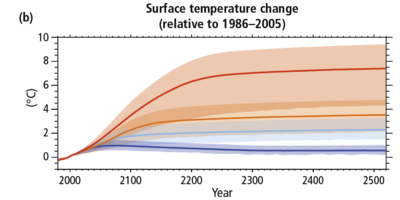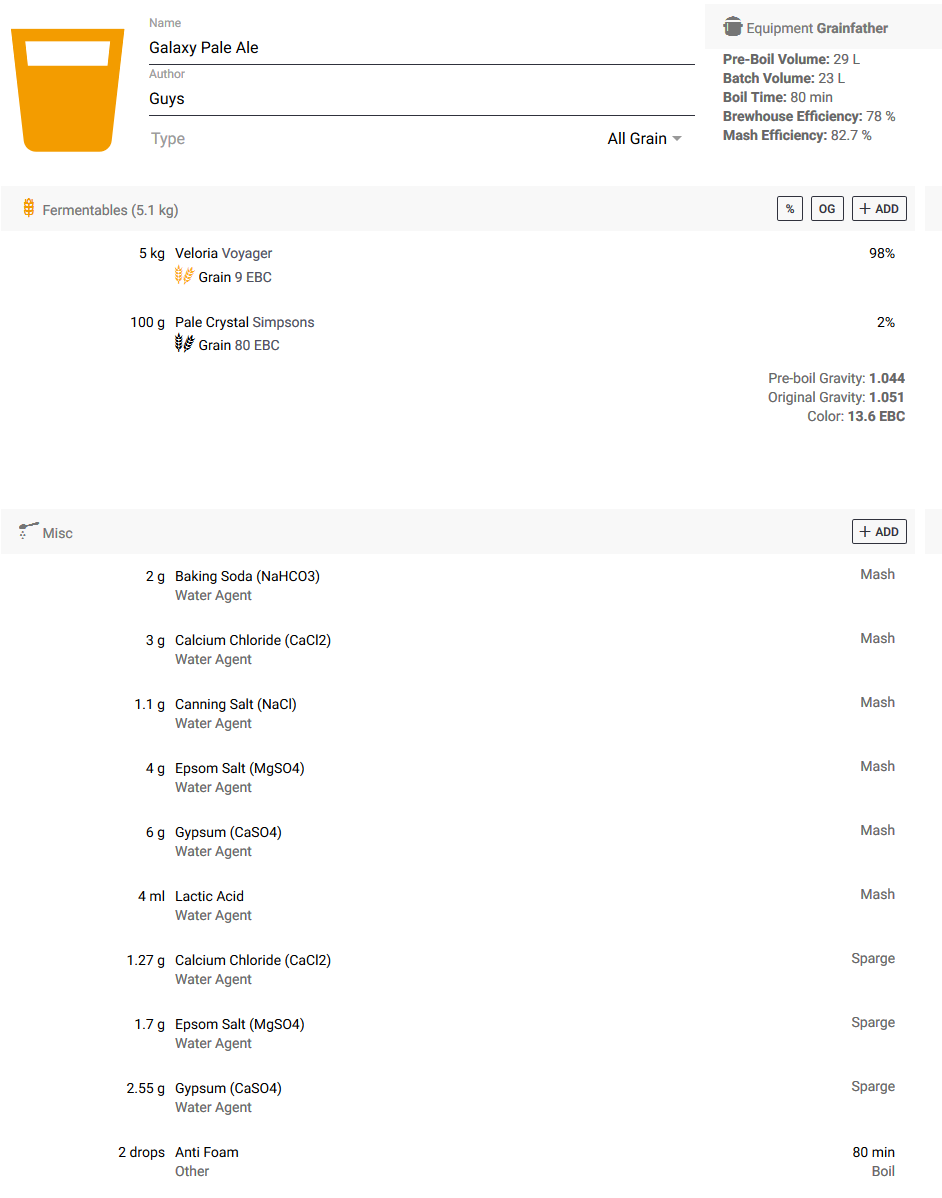This little story starts from an overheard conversation in a supermarket today. Warning this posts mentions toilet paper.
Customer: When will you have toilet paper back on the shelves?
Staff: Not for a week or more. We need to bring some in from overseas. You know, we adjust stock levels every 3 months normally
That brought to mind the way we do business now. It is all about just-in-time supply chains. Only stock what you need to fulfil established demand and manufacture to a forward order book.
It is a way of getting that last little bit of competitiveness in a saturated market for commodities and it has proven successful from a commercial perspective. However, the downside of such efficiency is that there is little capacity to respond to a crisis. A crisis like the threat of a viral epidemic/pandemic.
The nature of a crisis is that it is largely unpredictable. You know it will happen at some time but not when. Timing is everything for just-in-time supply chains. When you have everything locked in for 3 months ahead it can take at least half that time to change manufacturing priorities or shipping schedules – even more so for low value and high bulk items that are transported by sea.
In Australia the run on toilet paper, hand sanitiser and facial tissues is a prime example of how a crisis can disrupt a supply chain in a way that is hard to predict. Who would have thought that toilet paper would be the thing that would be in demand for a chest infection? Not the WHO. Not medical professionals. Not even social media. Yet, there was a massive buy up of toilet paper and now it is going to take a long time to get new stocks.
Meanwhile some houses will have a large pile of toilet rolls sitting around and creating a perverse demand profile for the supplier of toilet rolls. Right now there is high pent up demand and yet in the timeframe of 3-12 months the demand will be significantly less. the message to manufacturers is to hurry up and get a large stock into stores and then cut back supply by 50% or more for a year because so many people will have no need to buy it for a long time. The need for additional toilet paper due to the virus is highly unlikely to eventuate.
Hand sanitiser and tissues are a different thing. They are value added products and justify a higher price. They are less bulky and can be transported by air without too much additional cost. We will probably see these products on the shelves again quicker. Both are likely to be used more as a result of the virus so the supply chain is likely to adjust better.
This is just an example of how modern, efficient manufacturing and supply is not ready for a crisis. Put another way it is not structured well for handling risk. Let’s look at the flip side of this risk approach – fuel and oil supplies.
Most Governments mandate a minimum stockpile of oil and/or petrol, gas and inputs to electricity generation. This stockpile or reserve is needed in case of any number of “shocks” such as war, natural disasters, pandemics or similar regional or global crises. This makes sense because those commodities are clearly essentials necessary for national security. Toilet paper? probably not front of mind for strategic policy thinktanks.
The way to manage risks in a supply chain is to hold stock that lets you ride out a crisis that is mild to moderate. However, the way to make money and have your commodity manufacturing business survive in a globally competitive market is to do everything just-in-time. The two are almost mutually exclusive ways of doing business.

















































